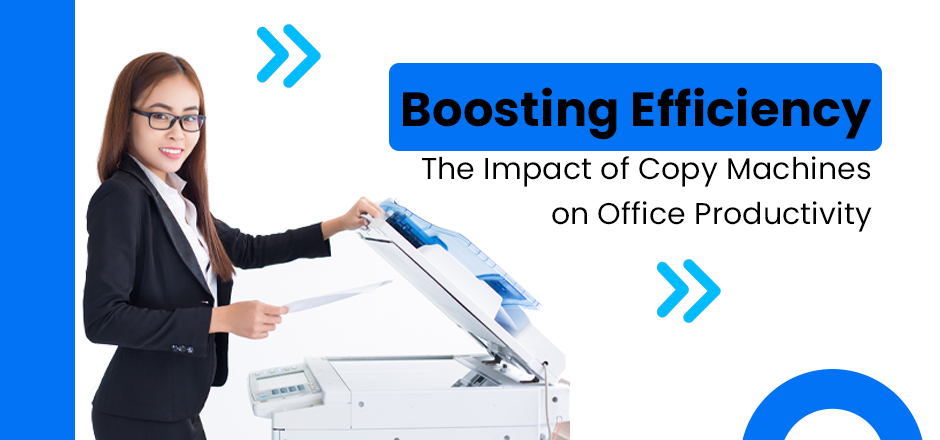How Do Laser Printers Work?
Printers are extremely important to many workplaces and offices. Typically, an office laser printer is used every day to keep a business running smoothly. In most cases, offices will opt to use laser printers for their operations rather than inkjet printers. Laser printers are affordable to run, and also known for their efficiency, making them very attractive options for business owners. Although you may use laser printers frequently in your day-to-day life, do you know how they work? To most people, the inner workings of these important devices are a complete mystery. So…how does a laser printer work?
Steps of the Laser Printing Process
Laser printers feature many important components and utilize an intricate process for printing. Below is the step-by-step laser printing process that takes place every time you print a document with your office laser printer. Consider these factors when choosing the best business printer for your office or workplace.
Step 1 – Receiving the Data
First, the document that you’re printing is broken down into digital data and sent from your computer to the laser printer. The laser printer is then able to organize this data into an image of the document that it needs to print.
Step 2 – Cleaning Residue
Next, the laser printer must clean the residue off its printer drum that was left behind by the last print job. The laser printer uses a rubber cleaning blade to scrape away remnants of toner and debris. Additionally, the laser printer uses electrostatic erase lamps to remove any remaining electric charges from the drum. Finally, to finish the cleaning process, lubrication is applied to the printer’s heat roller.
Step 3 – Conditioning
The next step of the laser printing process is called conditioning. During this laser printing step, the printer applies a static charge to its drum and the paper as it passes through the corona wire. This allows the image that you’re printing to be electrostatically transferred to the laser printer paper.
Step 4 – Exposing
Next up in the laser printing process is a step called exposing. This is where the laser comes in. During this step, the laser printer’s photosensitive drum is exposed to a laser beam within the device. When the laser meets the surface of the drum, it reduces the drum’s surface charge to around 100 volts DC. At this time, the image that will soon be printed is turned into a thin layer of electrons on the drum.
The glow of the printer’s laser breaks the darkness within the printer cartridge, and the laser beam then bounces off a spinning, multi-sided mirror. The beam breaks into numerous rays of information, which are sprayed onto the drum. As a result, the drum’s negative charges are turned positive. Then, the laser goes line-by-line over the rotating surface of the drum, creating an image that’s ready to be projected onto the laser printer paper.
Step 5 – Developing
During the developing stage of the laser printing process, the printer applies toner to the image formed on the drum.
Step 6 – Transferring the Image onto the Paper
The next step is when the generated image of your document gets transferred onto the paper. During this step, the printer’s secondary corona wire provides the paper with a positive charge. The toner is heated up, and a doctor blade is swept over the printer’s developer roller. This levels the toner to a very specific height. Then, the negatively charged toner is magnetically attracted to the positive charges on the paper. Finally, the sheet of paper passes over each of the printer’s color cartridges to create the image of your document.
Step 7 – Fusing
The final step of the laser printing process is fusing. During this step, the fuser unit adds heat and pressure to the toner, which causes it to be melted onto the paper. A wiper blade cleans any remaining particles off the paper, and the finished document is delivered to the printer tray.
The Bottom Line
As you can see, laser printing is a complex process with quite a few important steps. Laser printers are complicated devices with many moving parts, which is a big part of why they’re relatively expensive. If you’d like to learn more about laser printers or find a reliable laser printer for your workplace, check out our products today.



